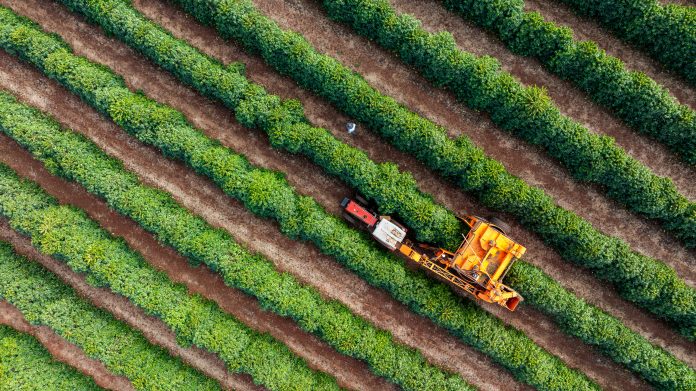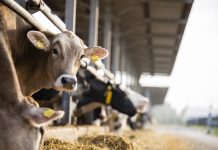LMU researchers find human land use has cut Earth’s natural carbon storage in plants and soils by 24% – a significant loss threatening climate stability
Urgent findings from a Ludwig Maximilian University of Munich research team reveal the alarming rate at which land-use activities, such as agricultural expansion and forest management, are massively depleting vegetation and soil carbon storage stocks. These activities release vast amounts of carbon into the atmosphere, thereby contributing to anthropogenic climate change and global warming.
The full study findings are available in the One Earth journal.
Depleting Earth’s carbon storage exponentially
Vegetation and soils play crucial roles in the global carbon cycle, functioning as significant carbon reservoirs. Collectively, they store more carbon than the total found in the atmosphere as well as all known fossil fuel reserves combined, highlighting their importance in regulating Earth’s climate. However, increasing pressures from agricultural expansion, deforestation, and various land use activities are accelerating anthropogenic climate change at an alarming rate. These human-induced activities disrupt the natural carbon balance, leading to higher carbon dioxide levels in the atmosphere and contributing to global warming. As a result, understanding and protecting these vital ecosystems is essential for mitigating climate change and ensuring a sustainable future.
An LMU geographer, Raphael Ganzenmüller, and his team have now calculated the damage by human influence on plant and soil carbon storage, finding that natural land carbon stocks have reduced by 24%, corresponding to 344 billion metric tons of carbon.
This loss in carbon is a key aggregate metric for quantifying the human impact on ecosystems via disturbances to the carbon cycle; it depicts the regional heterogeneity of the land-use effects, and its reversal is the fundamental basis for ecosystem restoration efforts to mitigate climate change.
The researchers found that existing vegetation models (DGVMs) substantially underestimate carbon loss
Using high-resolution data, which provides detailed and accurate information, on above- and belowground biomass and soil carbon, combined with machine learning, a data analysis technique that allows computers to learn from and make predictions or decisions based on data, researchers estimated potential carbon storage under pristine and low-human-impact assumptions. They found that most existing vegetation models (DGVMs) substantially underestimate this deficit, highlighting gaps in current assessments of land-based carbon fluxes. These findings provide critical constraints for improving carbon cycle models and more accurately calculating remaining carbon budgets to meet global climate targets.
“Our study reveals the far-reaching human impact on the global carbon cycle,” explains Raphael Ganzenmüller. “The deficit of 344 billion metric tons of carbon is comparable in size to global CO2 emissions from coal, oil, and natural gas over the past 50 years. Our approach provides a clear picture of where and how vegetation and soils have been degraded and can be used as a general indicator of the state of ecosystems.”
Fulfilling a crucial knowledge gap
The findings importantly reveal the full extent of human-induced modifications to carbon storage stocks and provide vital insights into the accuracy of current climate models in estimating land-use change emissions and terrestrial carbon removal potential. The research crucially highlights the importance of prioritising the conservation and restoration of carbon sinks and offers opportunities for policymakers and scientists to improve existing climate models and their projections.
Julia Pongratz, Professor of Physical Geography and Land Use Systems at LMU, adds: “Our study provides important insights for climate policy. For example, the findings can be used to evaluate carbon removal measures. Moreover, they underscore the great potential of restoring carbon stocks on land to achieve global climate goals.”











